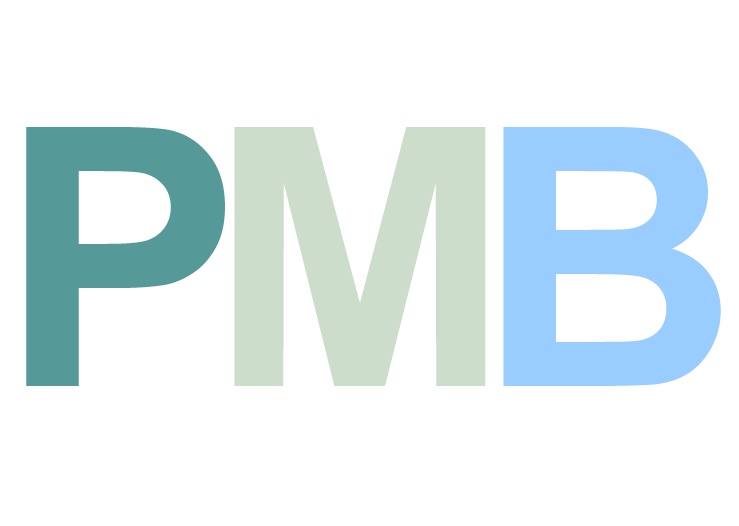
Brand Positioning: Alignment & Differentiation
Article 1 in a 7-part series on The Definitive Guide to Content Marketing
Positioning your brand in the market is tricky. You have to 1) ensure you are aligned with marketplace demand, specifically the brand attributes that motivate buyers and 2) differentiate yourself from your competitors. Seems simple however most organizations don’t embrace the absurd nature of purchase decisions. We buy, then we rationalize. Even with B2B purchases. Hence the trickiness.
Aligning With Your Best Customers
Who do you work for? Yourself, your company, or your customers? Are you creating the best possible products and services and then expecting customers to buy? Why wouldn’t they want to buy the product that is best suited for them? The truth is that sometimes they will, sometimes they won’t. Take for example, health food. If it is the healthiest then why doesn’t everyone buy it? Maybe my bonus is contingent upon implementing a fully-functioning CRM yet my colleagues really only want to use it for email campaigns. Will this skew the selection?
It's even harder when sellers possess significantly more information than the buyer. Think software. Did you assign a team of stakeholders to do the research and go through the process only to buy the brand your IT buddy Josh said it was the best? Did the quality of the salesperson have an impact? Did your boss pick one (who knows why but they sounded decisive) and you went along with it?
You’ll never know all of the reasons buyers buy, but you can narrow it down. Start by mapping out the purchase process and identifying all of the players at each step of the process. What questions do they have? What are they trying to achieve? This is the logical part. Buyers will go back to it to rationalize their ultimate decision. Next, you have to get into the minds of your buyers. Fears, aspirations, biases – what do they really care about. They might not even know. They rarely tell you the truth when asked. Your audience research has to unearth the true factors that motivate buying decisions. It’s hard and sometimes not discovered until you are actually in market (note: test everything).
Differentiating Your Brand From Your Competitors
Once you have determined the factors that motivate buyers then it’s time to determine if you can align with those factors yet still differentiate your brand. This will be heavily dependent on your market. Consider the telcos and insurance companies. They represent a commodity market and there is very little that actually differentiates their offerings. Hence the crazy high media spends just to be top of mind when the customer need arises. Contrast this with the quickly evolving technology market. Companies like Nvidia, Tesla, and Squarespace have brands that are clearly differentiated in their respective markets and their go-to-market strategies reflect that. Regardless of your industry, you should create a customer perceptual map to understand how your brand compares to your competitors. The customer perceptual map displays how your best customers see the market and players. Take for example, the automobile industry. If you define the axes of the map based on the factors that motivate buying behavior for car buyers then you can begin to see where your competition is positioned and where you fit in or should fit in, i.e. you may have work to do to realize your best brand positioning.
Customer Perceptual Map – Auto Industry
I am sure you can fill in the rest. This exercise is a great way of understanding where your brand is positioned in the market or where you want to take your brand. It also begins to define your value proposition, but I’ll leave that for the next articles in this series.
Next articles in this series: The Message Ladder: How To Create Your Value Proposition And Supporting Pillars


